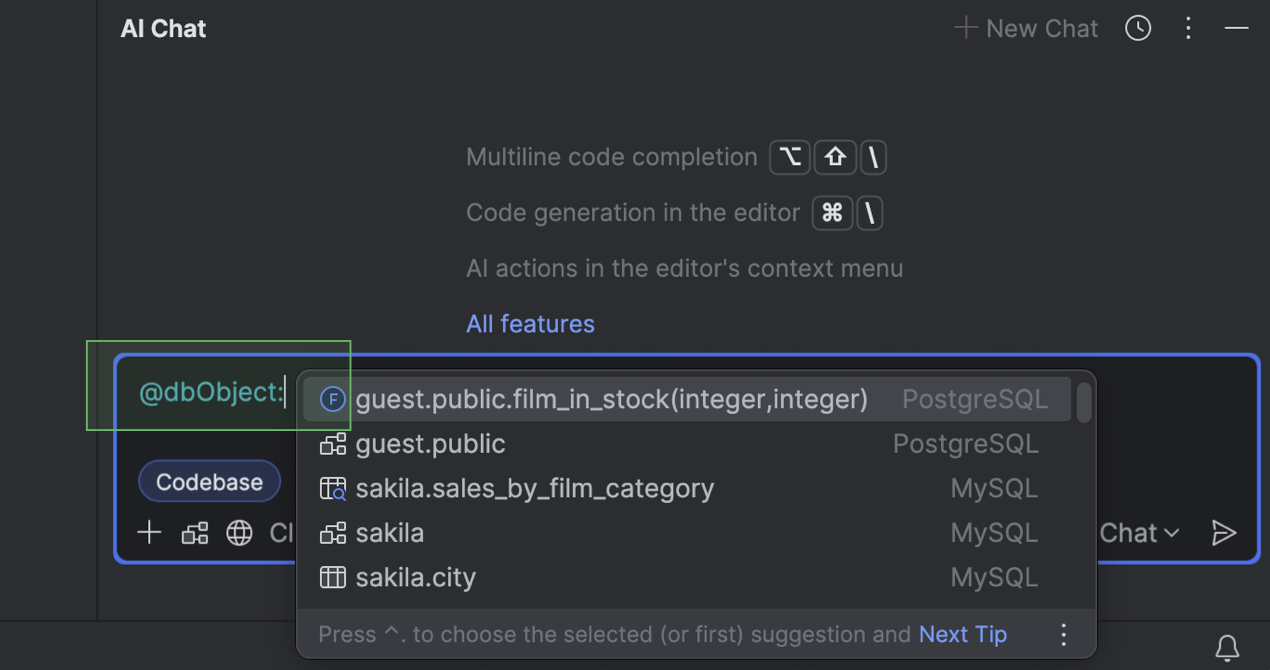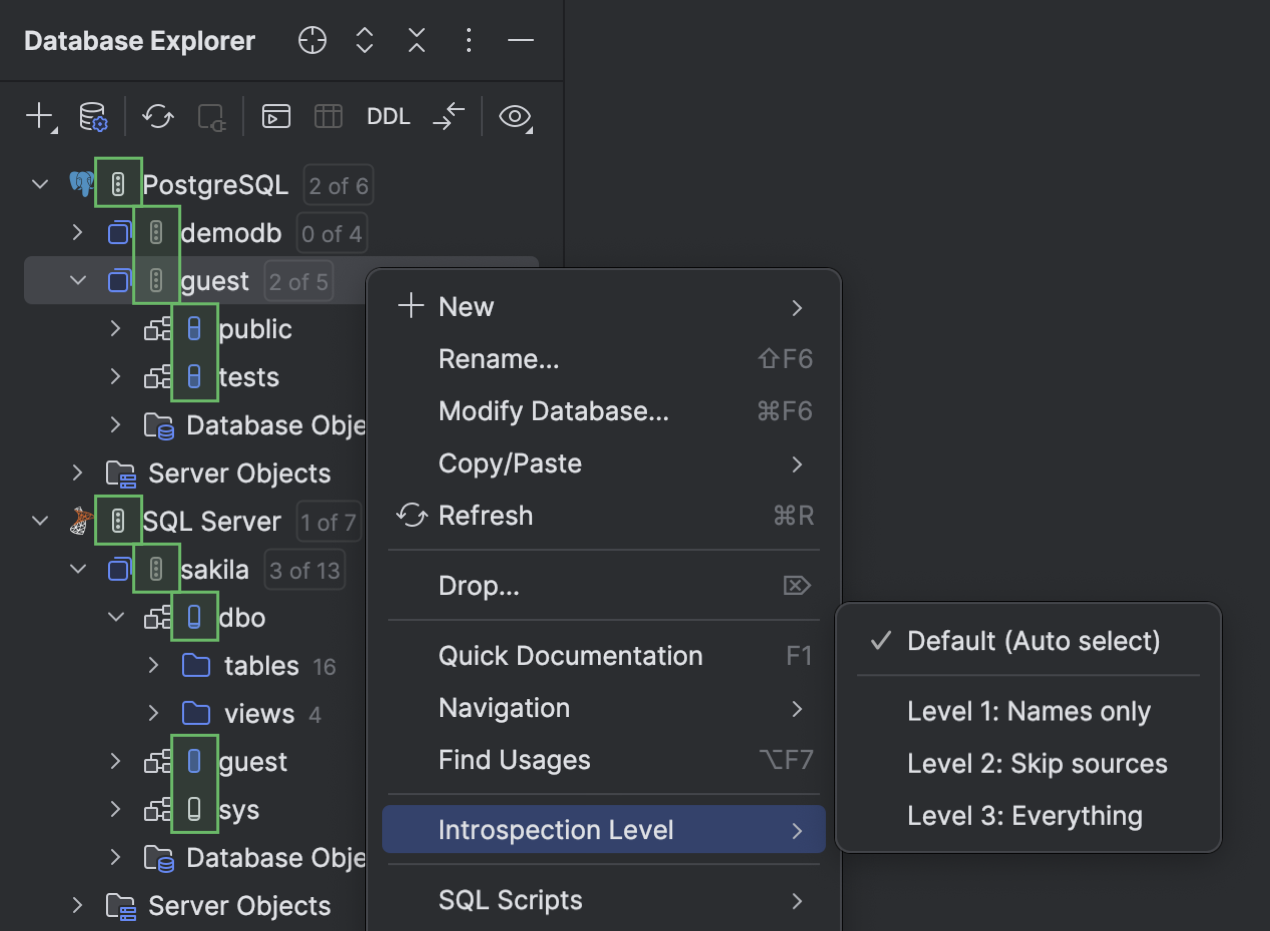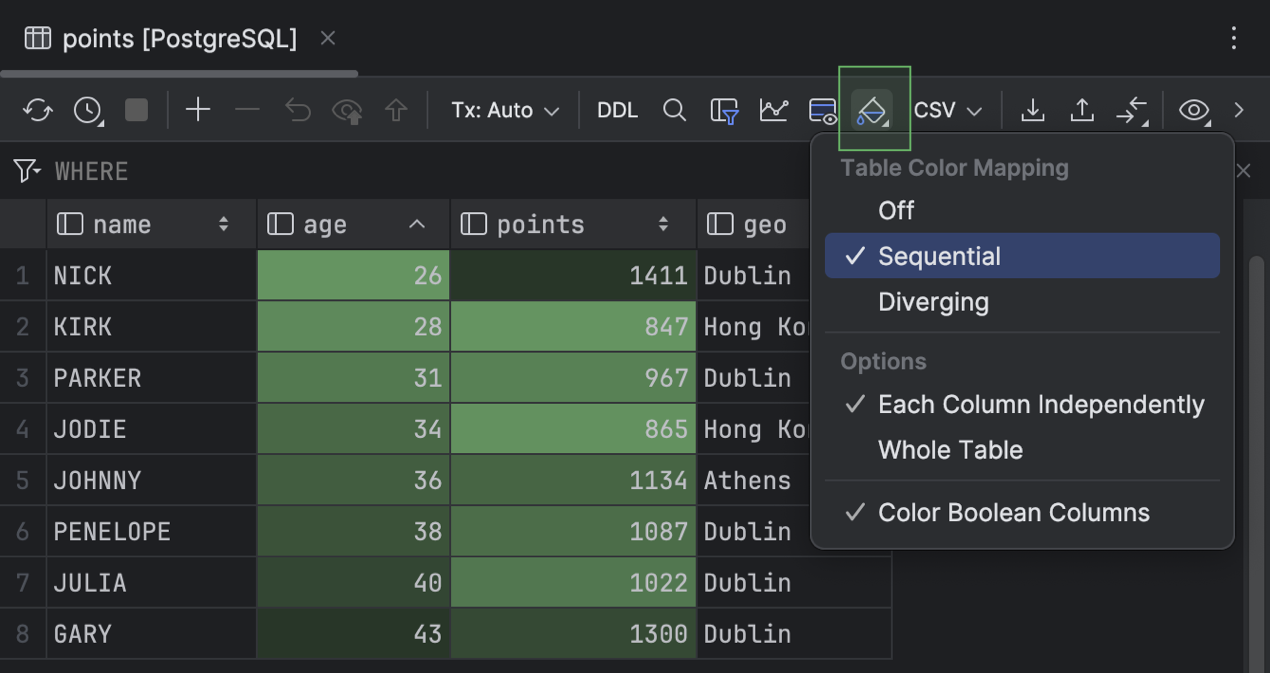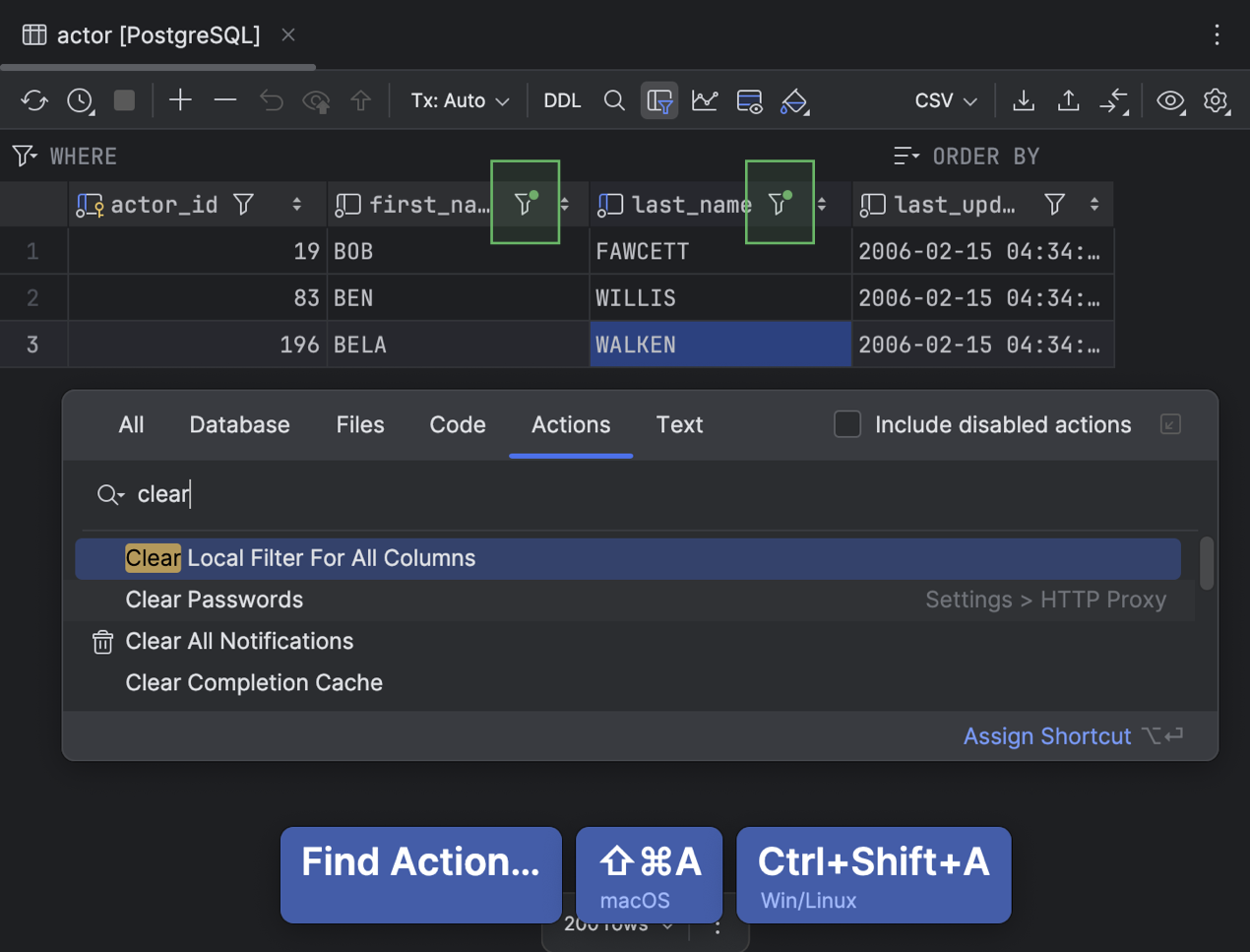I've been using DataGrip for about 2 years after getting fed up switching between pgAdmin, MySQL Workbench, and whatever MongoDB GUI tool we were pretending worked that month. Here's the real deal on what this thing actually does.

Multiple Databases Without Losing Your Sanity
DataGrip connects to basically any database that has a JDBC driver, which is most of them. Works with PostgreSQL, MySQL, SQL Server, Oracle (if you're unfortunate enough), MongoDB, Redis, and a bunch of other stuff you probably use.
The killer feature is having all your databases in one interface instead of Alt-tabbing between 5 different tools. Connection management actually works - it remembers your setups and reconnects properly when your laptop goes to sleep, unlike some tools that shall remain nameless.
AI That Sometimes Doesn't Hallucinate
The AI assistant is hit-or-miss but occasionally useful. I've had it correctly explain some cryptic PostgreSQL error messages, and it's decent at generating basic SELECT queries from English. Don't trust it for complex joins or anything involving window functions - it'll confidently suggest syntax that doesn't exist.

The 2025.2 update lets you attach specific tables to AI conversations, which helps it not suggest columns that don't exist. Still wouldn't use it for production queries without double-checking.
Code Completion That Actually Works
The autocomplete understands your schema and suggests real column names instead of generic bullshit. It knows about foreign key relationships and will suggest JOINs that make sense. Multi-cursor editing works like you'd expect from a JetBrains IDE.
Query formatting is customizable enough that you won't hate looking at your code, and the refactoring tools can rename columns across multiple queries without breaking everything. Mostly.
Git Integration and Team Sharing
Version control integration is solid - works with Git and doesn't randomly corrupt your query files like some tools. You can share database configurations through your repo, which is useful when onboarding new developers who don't want to spend their first day setting up connections.
SSH tunneling setup is straightforward and works reliably. SSL connections don't randomly break when you're trying to connect to production databases from your coffee shop.
![]()
Memory Usage and Performance Reality Check
Takes about 30-45 seconds to start up on my MacBook Pro, which is slower than I'd like but not terrible. Memory usage gets heavy if you have a lot of result tabs open - I've seen it using 2-3GB with a bunch of query results loaded.
Query execution is fast, but the UI can get sluggish if you're working with large schemas (like our 200+ table e-commerce database). Database introspection takes forever on big schemas - plan on 5+ minutes for initial connection to large databases.
Connection pooling works well, but VPN disconnects will kill your active transactions and there's no warning. Learned that one the hard way when I lost 30 minutes of data migration work.
So how does DataGrip actually stack up against the competition? Here's the honest comparison:


